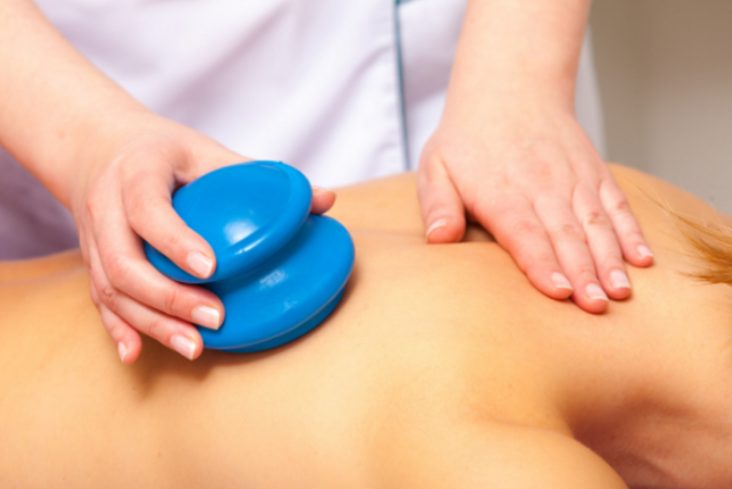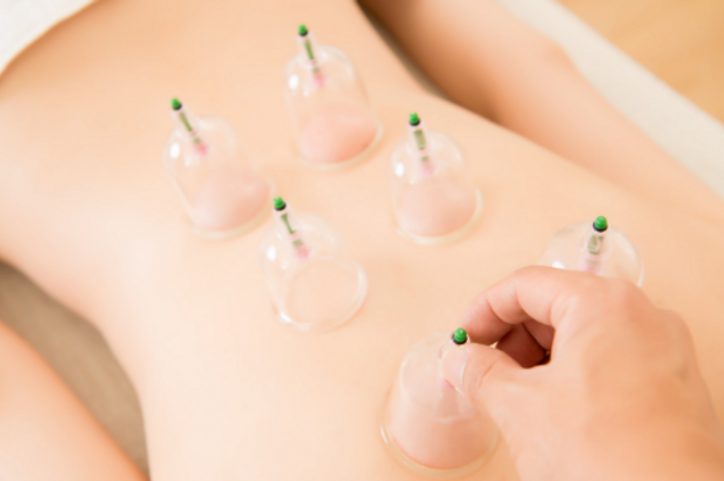Have You Heard About Cupping Therapy?
Cupping therapy was first thought to be discovered by the Chinese. However, there has been evidence to suggest that cupping has been used as early as the Ancient Egyptian Times.

What Is It Used For ?
Cupping therapy is used for helping with myofascial tissue (Connective Tissue) pain, muscle tension, and increasing range of movement. It can also help with scar tissue restrictions, chronic tears and improving blood circulation This helps with improving the body’s overall function.
What Are The Types Of Cups and Methods?
Glass Cupping
This involves using a suction gun to pump air though the cup to get maximum suction. Each cup has an individual valve to release as much pressure as required throughout the session. These can be used for Myofascial release, decreasing muscle tension and functional cupping to increase range of movement.
Silicone Suction Cupping
This is more of a manual method using silicone cups, which are generally clear and come in various sizes for the therapist to use in various areas of the body. This technique requires the therapist to squeeze the cup before applying it to the area of need, to create the appropriate amount of suction required.
Functional Cupping
This is a cupping method that involves placing the cups on the client, within the muscles causing decreased range of movement, and getting the client to actively move in the range that is restricted. The cups draw circulation to the muscles in that area promoting movement to the area and therefore increasing range.

Are There Any Side Effects?
There can be side effects to cupping depending on the individual person and how they respond to sessions. These include bruising which generally occurs because of the toxins and circulation moving closer to the surface of the skin. This shouldn’t last more than a few days, but again it depends on the individual. You can also experience some aches and pains within the muscles that have been cupped and this can also last a day or two after treatment. It is, however, completely normal.
Contact any of our therapists for more information on cupping or to book and appointment.
